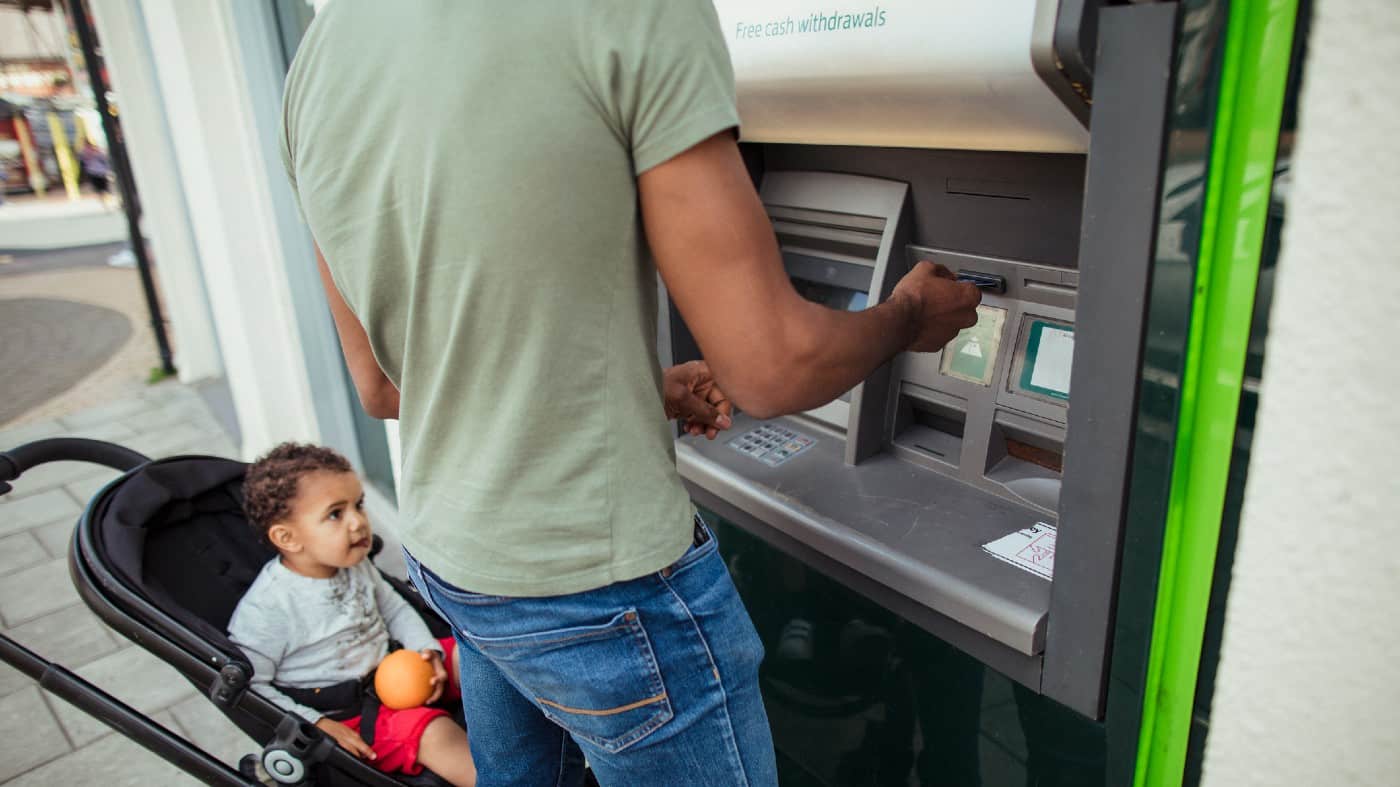Despite being one of the country’s leading banks, shares in Lloyds (LSE: LLOY) sell for pennies. Is the Lloyds share price improbably cheap – or a potential value trap?
Past performance is not a guide to what will happen in future. But I think understanding how the share price has got to where it is today can help me think about some pros and cons that buying the shares may offer to my portfolio.
The 10-year view
In the past decade, the share price has almost halved. Ouch!
Should you invest £1,000 in Lloyds Banking Group right now?
When investing expert Mark Rogers has a stock tip, it can pay to listen. After all, the flagship Motley Fool Share Advisor newsletter he has run for nearly a decade has provided thousands of paying members with top stock recommendations from the UK and US markets. And right now, Mark thinks there are 6 standout stocks that investors should consider buying. Want to see if Lloyds Banking Group made the list?
What is behind the 49% decline?
On one hand, Lloyds has maintained a lot of strengths over the past decade that I think could bode well for its future performance. These include a stable of well-known brands, a market-leading mortgage position and a vast customer base.
But a decade ago, we were heading firmly out of the economic doldrums. The current uncertain economic outlook, by contrast, could lead to higher loan defaults and hurt profits.
The bank’s impairment charge for the first three quarters of its current financial year (£0.8bn) was actually lower than in the prior-year period. But the perceived risk of higher defaults weighs on the Lloyds share price.
The five-year view
Across the past five years, the share price has also fallen – by 27%.
One reason for the fall was the pandemic and its impact on business performance. It revealed a risk that I think remains pertinent for the future: a sudden, unexpected public health event suddenly upending the normal flows of money on which banking relies.
But I think that fall also reflects Lloyds’ slow restoration of its pre-pandemic dividend.
Despite a £5.6bn post-tax profit last year, the dividend still has not reached its 2018 level. Rivals have seen their share prices fall over the past five years but by much less. Barclays is down 5%, Natwest 13% and the HSBC share price has moved 4% lower.
As a Lloyds shareholder for some of this period, my interpretation was that the board does not sufficiently value the importance to shareholders of the dividend.
Yes, the current yield of 5.9% is high. But I see a risk of another cut in future if the economy deteriorates again. The Lloyds dividend is still much smaller than it was prior to the 2008 financial crisis.
The one-year view
Over the past year, a 19% in price means anyone owning Lloyds shares has effectively seen the value of their shareholding cut by almost a fifth.
A key reason has been a weak economy and housing market raising the prospect of lower customer demand and higher mortgage defaults. I still see those risks. It could be, though, that things have got as bad as they will and falling interest rates in future could help business for the black horse bank.
If so, today’s price-to-earnings ratio of 8 could be a bargain. The bank also trades on a low price-to-book ratio of around 0.6.
For now, though, I will wait to see whether the economic risks recede before thinking about investing.







